

When it comes to Kickstarter, not all developers need the record-breaking crowdfunding sums of Star Citizen, and many successfully funded products make the $4 million raised by Obsidian for Pillars of Eternity feel like an extravagance. One of these cases is the tactical RPG Telepath Tactics, developed for PC, Mac, and Linux by Sinister Design. The game received backing in April 2013 after a previous failed Kickstarter campaign, reaching a modest funding total of $40,000.
Telepath Tactics is a tactical role-playing game with turn-based combat, set in its own unique universe. Knights do not ride horses, but instead charge into battle on the backs of giant praying mantises, while the game removes the RPG standard of magic in favor of a steampunk world and telekinesis. The game is a continuation of the Telepath series of games, which started with free online games before the release of Telepath RPG: Servants of God in 2012.
Those who have played the Fire Emblem series will be familiar with Telepath Tactics’ basic gameplay. The single player mode is a story-driven RPG, with the player controlling a team of unique characters through battlefield-based gameplay against a variety of different combatants. There is also a hint of Advance Wars about the title, in particular due to the cartoonish vibe and some of the environmental combat mechanics.
The brightly-colored graphical style is worth noting, as it gives Telepath Tactics an eye-catching feel, with battlegrounds and character sprites pleasing to the eye. There is the added bonus of being able to clearly see which environmental factors can be exploited during the game. Elevated areas give archers the advantage, whilst the player can push opposing forces into water or off cliffs for a swift end to the battle. Having such an obvious indication of what areas can benefit – or hinder – the player’s strategy is incredibly important.
Unfortunately, not all of the art style is as successful as the battle graphics. During dialogue and story elements, larger character portraits will appear. Although this helps give the characters themselves more of a unique feel, the art style itself does not quite gel with the combat sprites, unlike contemporaries such as Fire Emblem and Advance Wars.
The cartoonish vibe could lull players in to a false sense of security, however. A lot of work has been put into making Telepath Tactics a subtle and nuanced tactical role-playing game, and players will need to keep track of a number of factors during play. Beneath its easy-going exterior lies a tricky and rather impressive turn-based RPG, and one that fans of the genre will no doubt appreciate.
Telepath Tactics is no doubt a game that falls into the category of “easy to learn, hard to master.” Sinister Design’s Craig Stern has included a number of features that mean the title is easy to pick up, but with enough depth to keep players on their toes. One of the most important design decisions made is the developer’s choice to use square movements tiles, instead of the hexagonal tiles seen in contemporaries such as Battle for Westnoth. This means that, although character movement is somewhat restrictive, plotting routes is that much easier.
It leaves characters open to one of the most important mechanics in Telepath Tactics – the backstab. Attacking opponents from behind leads to a damage multiplier, a traditional RPG staple. Players will need to plot army routes to make sure characters are protected at all times, whether through environmental tiles with walls or trees, or through the use of other characters as a damage buffer. It gets all-the-more tricky when ranged and kinetic attacks come into play, as some are capable of leapfrogging any defence a player has in place.
The player can also adapt the environment by building bridges, freezing water or destroying walls to make their own pathways. It’s a neat touch, and one that gives Telepath Tactics a refreshing adaptability. The bulk of tactical work that has gone into the title is obvious, and Stern, the sole member of Sinister Design aside from freelance workers, should be applauded for the level of detail on show. Although the game may prove a little clunky for some, Telepath Tactics has enough strength to stand up on its own.
That’s not to say that the title is without its flaws, however. Aside from the jarring character portraits, there are a few other issues. The game’s single player mode has a number of interesting elements – in particular the decision to have several strong, developed female characters – but there still seems to be less narrative depth than some would have liked, and falls short of the plot given by 2014’s The Banner Saga.
The world of Telepath Tactics itself may be inclusive of some good unique ideas, such as the sentient lizard warrior race of the Lissit, but the title still has a few problems. Although there are elements of the aforementioned steampunk influence littered around the game world, there is not quite enough to make the game stand out as a vibrant universe in its own right. As it stands, Telepath Tactics balances between standard fantasy and steampunk, sometimes a little awkwardly.
The game goes far beyond its own single player campaign, though. Craig Stern has deliberately set out to create a title with a large focus on multiplayer use. Telepath Tactics features a variety of multiplayer modes for up to 6 players, including Capture the Flag and Generals, which requires the player to protect their own ‘general’ whilst trying to assassinate the other team’s. Alongside this, players can also create multiplayer games with custom objectives, meaning that the Kickstarter-backed title may find some longevity in its multiplayer functionality.
Indeed, Telepath Tactics has clearly been aimed at leaving a lasting impression on those who play it. Perhaps the most impressive aspect of the T-RPG is its customization options. Telepath Tactics includes a map editor with fairly easy-to-use functionality, particularly when doubled up with a developer-created how-to guide. Players can mod new characters, tiles, weapons, and potentially even make their own single player campaigns. This means that those wanting to create their own tactical RPGs could theoretically use the editor as the sub-genre’s alternative to RPG Maker.
That does, of course, means that some of the best aspects of the title are dependent on its popularity. There is certainly enough worthwhile content to make tactical role-playing game fans sit up and take notice, but the real pull of Telepath Tactics is both the chance for multiplayer battles and the potential for a vault-worth of player-made content. Given Stern’s active role in the community, and the small but dedicated backer base that made Telepath Tactics a reality, all likelihood points towards players finding a lot of additional bang for their buck.
Telepath Tactics is an impressive title for such a small development team. The game mechanics themselves are well thought-out and the game, although slow going at first, brings in a very high level of challenge for tactical RPG players. There are some awkward character designs, and the game world and story may not be of the highest level, but underneath the game’s cheery graphical style lies the potential for hours upon hours of gameplay.
Telepath Tactics is out now for PC, Mac, and Linux.



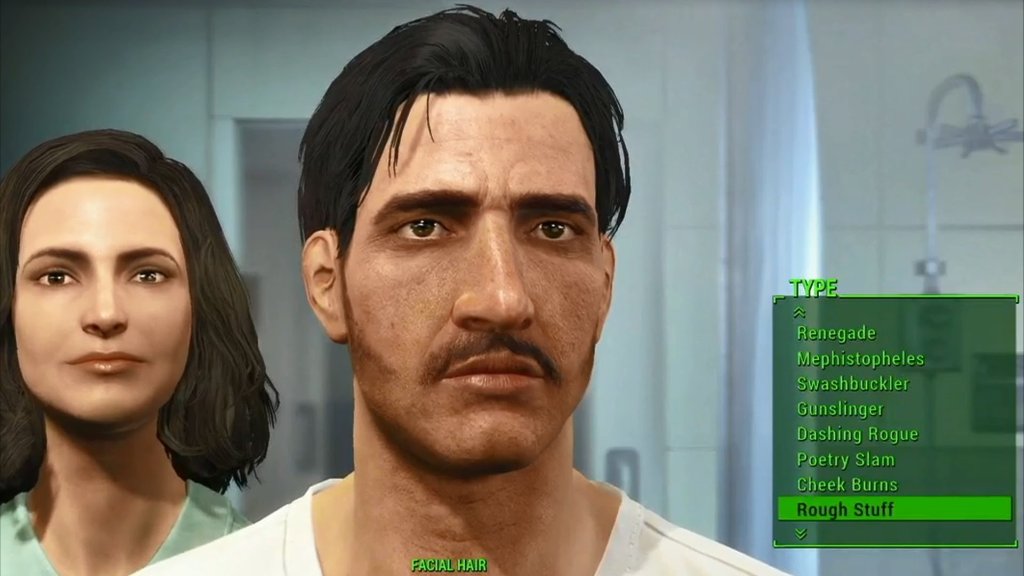
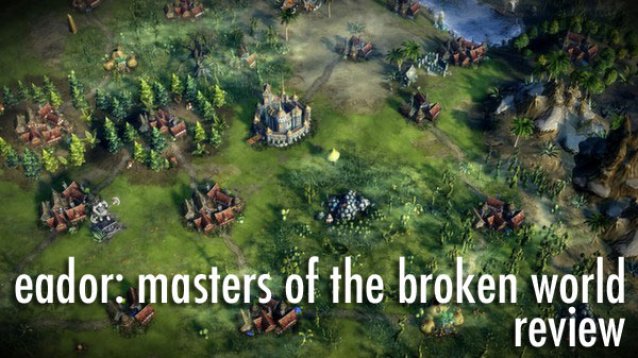 Eador: Masters of the Broken World Review
Eador: Masters of the Broken World Review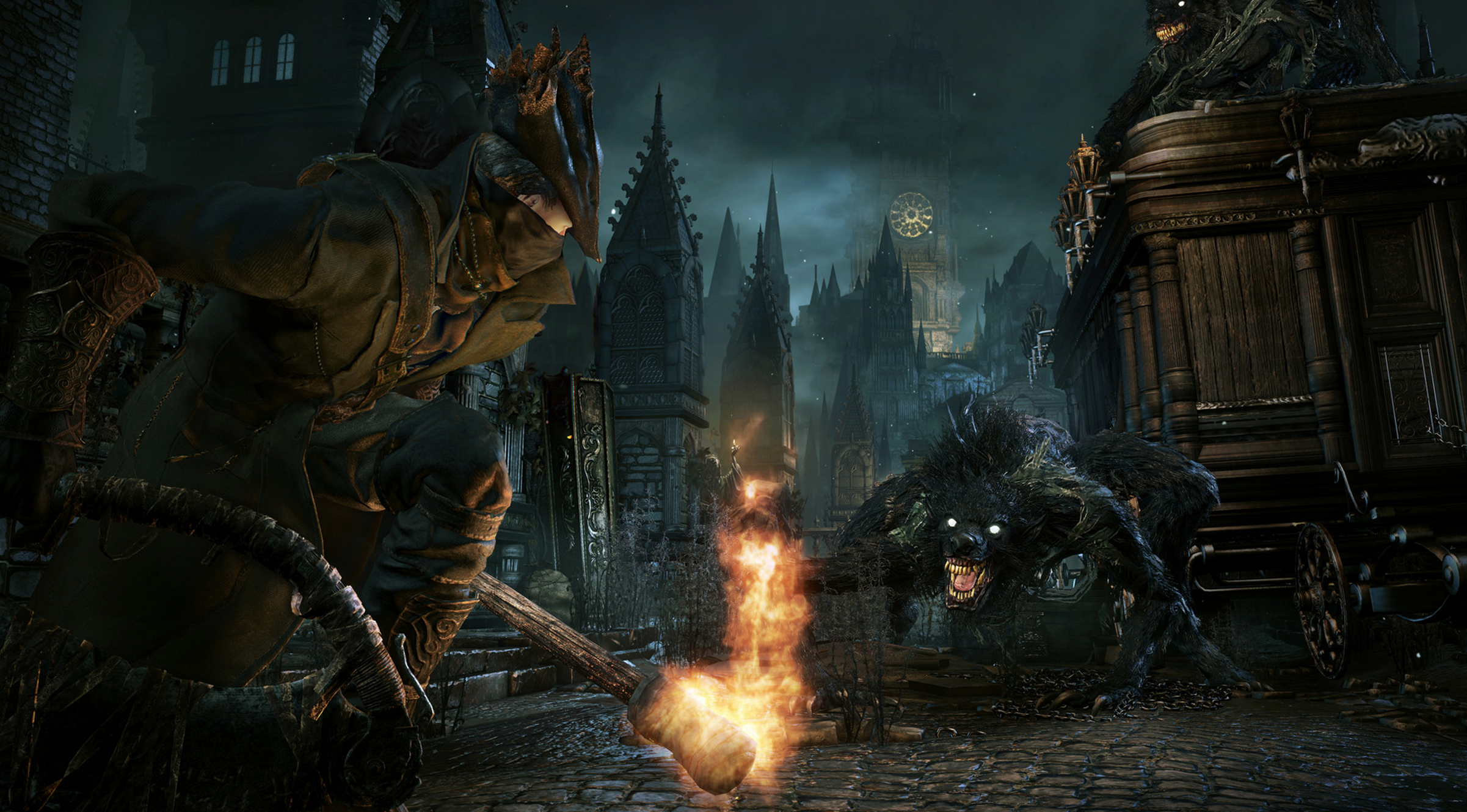 Bloodborne guide: Survival tips and boss walkthroughs for the discerning Hunter
Bloodborne guide: Survival tips and boss walkthroughs for the discerning Hunter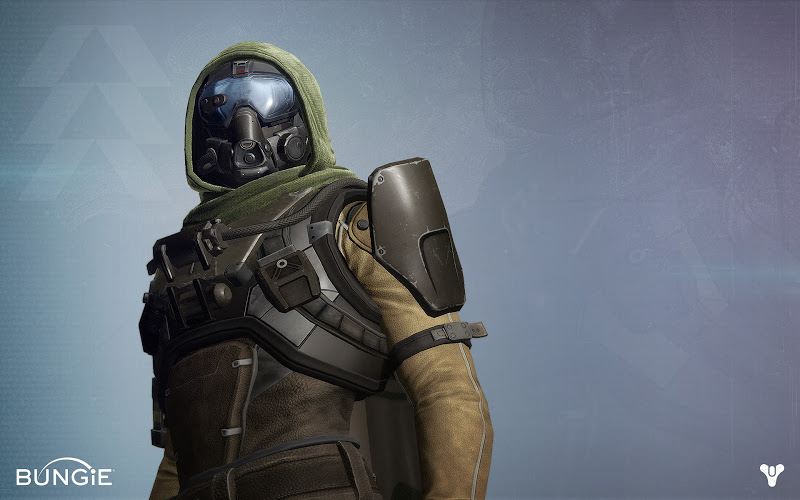 How to become a powerful Destiny Hunter using Weapon combination for PlayStation and Xbox
How to become a powerful Destiny Hunter using Weapon combination for PlayStation and Xbox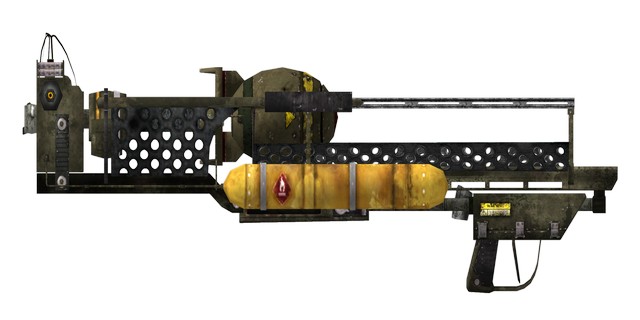 Where To Find Your First Minigun In Fallout 4
Where To Find Your First Minigun In Fallout 4 Jamaica readies for Bob Marleys 70th Birthday Celebration
Jamaica readies for Bob Marleys 70th Birthday Celebration